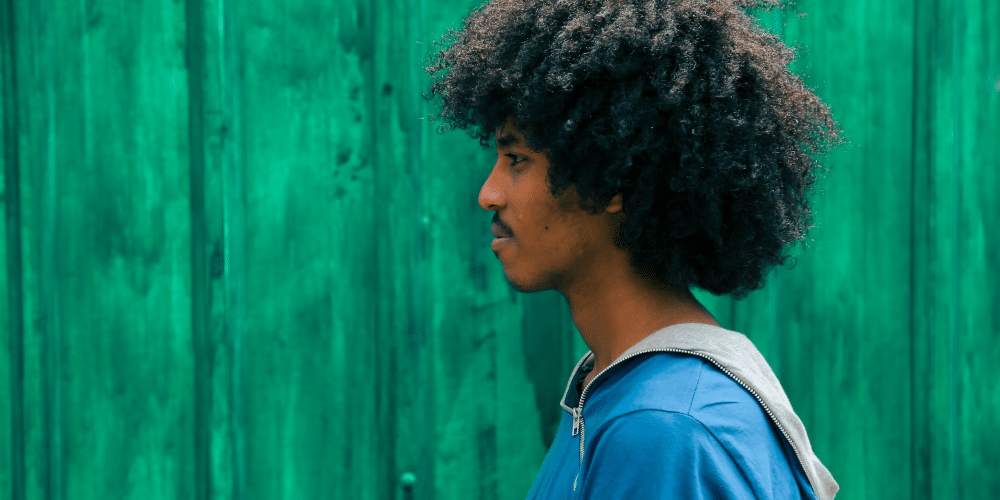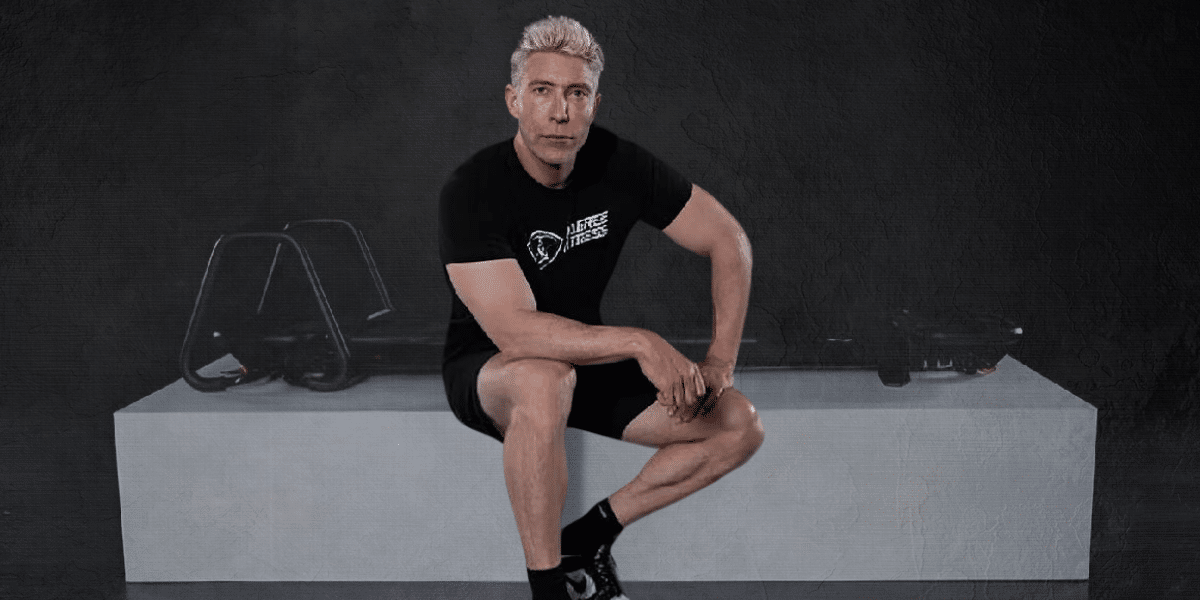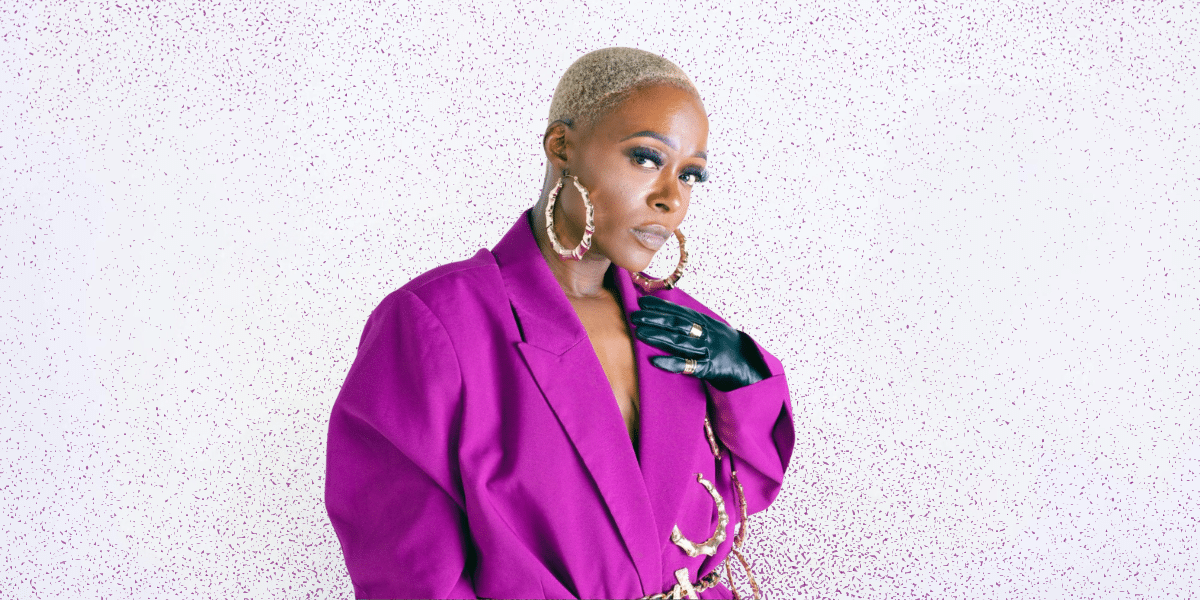There’s something about Brazilian music that just gets under your skin. It’s not just the catchy melodies or the smooth vocals; it’s a rhythmic magic that compels your feet to tap and your hips to sway. From the high-octane energy of samba to the laid-back cool of bossa nova, Brazilian music is a vibrant tapestry of sound that celebrates life, joy, and the sheer pleasure of movement. This infectious quality isn’t an accident. Brazilian music is a melting pot of influences, drawing from African percussion, European melodies, and indigenous rhythms. This rich heritage creates a unique soundscape that’s both complex and irresistibly danceable.
Think about it: the driving force behind African drumming traditions is deeply rooted in community and celebration. European melodies, often influenced by classical music, bring a sense of structure and sophistication. And indigenous rhythms, with their connection to nature and storytelling, add a layer of earthy groundedness. When these influences collide in Brazilian music, they create a sound that’s both familiar and exhilarating. It’s like a warm embrace from a stranger who speaks a language you understand on a deeper, more primal level.
This fusion isn’t just about creating a catchy beat. It reflects the very essence of Brazilian culture – a culture that thrives on diversity, joy, and a deep connection to its roots. The infectious rhythms become a sonic invitation to celebrate life, to connect with others, and to move your body in a way that feels both primal and liberating. It’s a feeling that transcends language and cultural barriers, a universal language of rhythm that speaks directly to your soul.
The Backbone of the Groove: Percussion Takes Center Stage
If there’s one element that defines the infectiousness of Brazilian music, it’s the percussion. Unlike genres that might rely on a single drum kit, Brazilian music features a whole orchestra of percussion instruments. The pandeiro, a small, handheld frame drum with jingling disks, adds a bright, playful sound. The surdo, a large bass drum, lays down the deep, pulsating heartbeat of the rhythm. And the tamborim, a high-pitched drum played with a stick, provides a sharp counterpoint, keeping the energy high.
This isn’t just about creating a wall of sound. Each instrument plays a specific role, interweaving its unique voice into the overall rhythmic tapestry. The result? A hypnotic groove that’s impossible to ignore. As a 2010 article in “The Rio Times” put it, “Brazilian percussion is more than just keeping time; it’s a conversation, a call to action that compels the body to move.”
The beauty of Brazilian percussion lies in its infectious simplicity. The rhythms are often based on polyrhythms – multiple rhythms played simultaneously – which creates a sense of joyful complexity. It’s like a conversation between the instruments, each one adding its own layer of energy and excitement. This interplay is what makes Brazilian music so captivating; it draws you in, inviting you to join the dance floor and become part of the rhythmic conversation.
Beyond Samba: A Universe of Rhythmic Delights
While samba is undoubtedly the most famous Brazilian export, it’s just one piece of the puzzle. From the smooth, sophisticated melodies of bossa nova to the energetic grooves of axé, there’s a Brazilian rhythm for every mood.
Bossa nova, for instance, emerged in the 1950s as a cool, sophisticated counterpoint to the frenetic energy of samba. Its laid-back rhythms and jazzy improvisations created a space for quieter contemplation, while still retaining that signature Brazilian swing.
Axé, on the other hand, is all about pure, unadulterated fun. Developed in the state of Bahia, axé incorporates elements of samba and reggae, resulting in an energetic sound that’s perfect for letting loose and celebrating life.
This diversity is what makes Brazilian music so endlessly fascinating. It’s a genre that can be both sophisticated and playful, introspective and celebratory. But no matter the style, the infectious beat remains the constant thread, a joyous invitation to move your body and embrace the rhythm of life.















